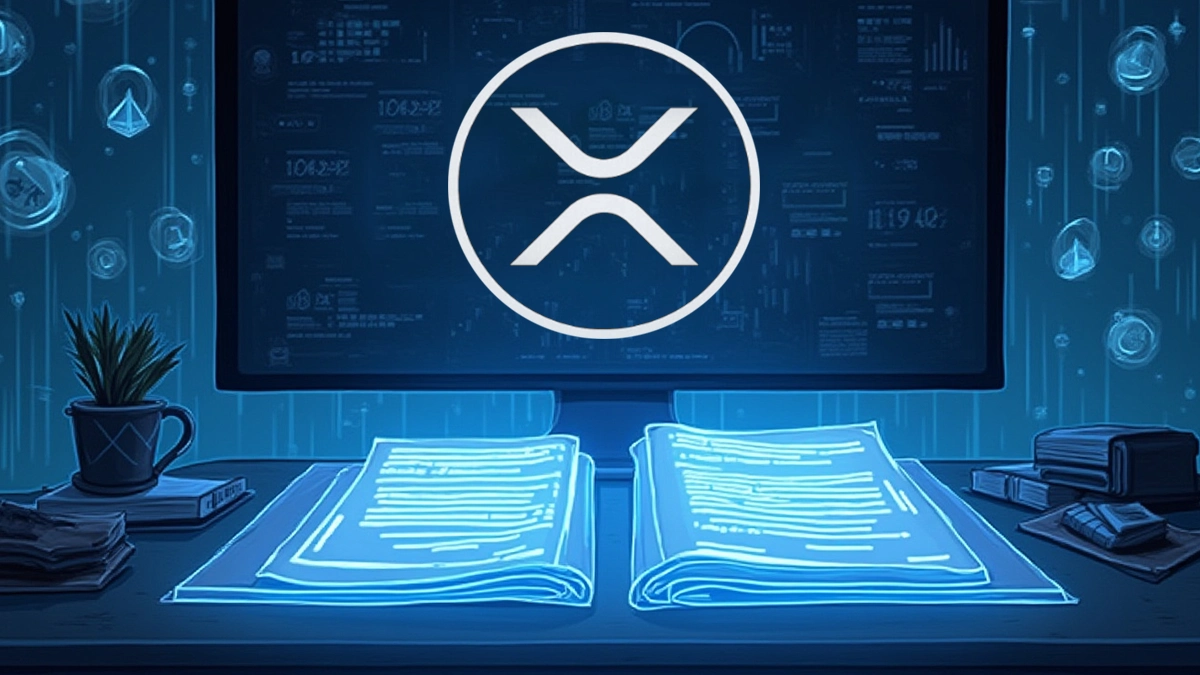- Funding rates vary widely across CEXs and DEXs, indicating a lack of unified market direction.
- Bitcoin and Ethereum funding rates have dipped below neutral, pointing to increased downside hedging.
- Traders are bracing for short-term turbulence as macro factors and regulatory shifts cloud near-term expectations.
The data on funding rates coming from centralized and decentralized crypto exchanges on May 21 indicated that the market is quite divided. A number of traders seem to stand neutral, but others are indicating they expect the market to fall, showing uncertainty about where prices will go next.
Mixed Signals Emerge Across CEX and DEX Platforms
The latest figures, sourced from Coinglass, illustrate that funding rates for several major cryptocurrencies are tilting below the benchmark level, hinting at rising bearish activity among derivatives traders. Based on the data, trading on both centralized and decentralized exchanges shows that neither the bulls nor the bears have seized total authority in the market during this period.
Some assets are close to the average rates, but others have dropped below the 0.005% level—which usually suggests a bearish outlook. This divergence points to growing uncertainty in short-term market direction, with traders split between expecting price drops and preparing for sideways movement.
Understanding Funding Rates and Their Implications
The purpose of funding rates in cryptocurrency trading is to help keep the price of the perpetual contract near the spot price of the asset. This rate is not a payment made to the exchange but rather traders transferring money between themselves. When the funding rate rises above 0.01%, it usually reflects bullish sentiment, indicating that long positions are paying shorts. Conversely, rates below 0.005% suggest that short traders are compensating long positions, typically during bearish phases.
Sentiment in Derivatives Markets Reflects Short-Term Caution
Also, the funding rates for leading cryptocurrencies, including Bitcoin and Ethereum, have fallen under neutral territory. It means traders are now more likely to limit their losses. A stronger trend is visible on platforms with active perpetual contracts, suggesting derivatives markets could be steering the expectations of spot prices more noticeably.
If traders reflect on macroeconomic signals and changes in regulations, a change in the funding rate implies the market is uncertain. Even though the sentiment moves from neutral to bearish, the funding rate metrics are signaling that traders are looking for short-term volatility rather than a definitive directional change. Whether or not this volatility plays out may be reliant on upcoming liquidity flows, institutional positioning, and key news events in the crypto universe.














